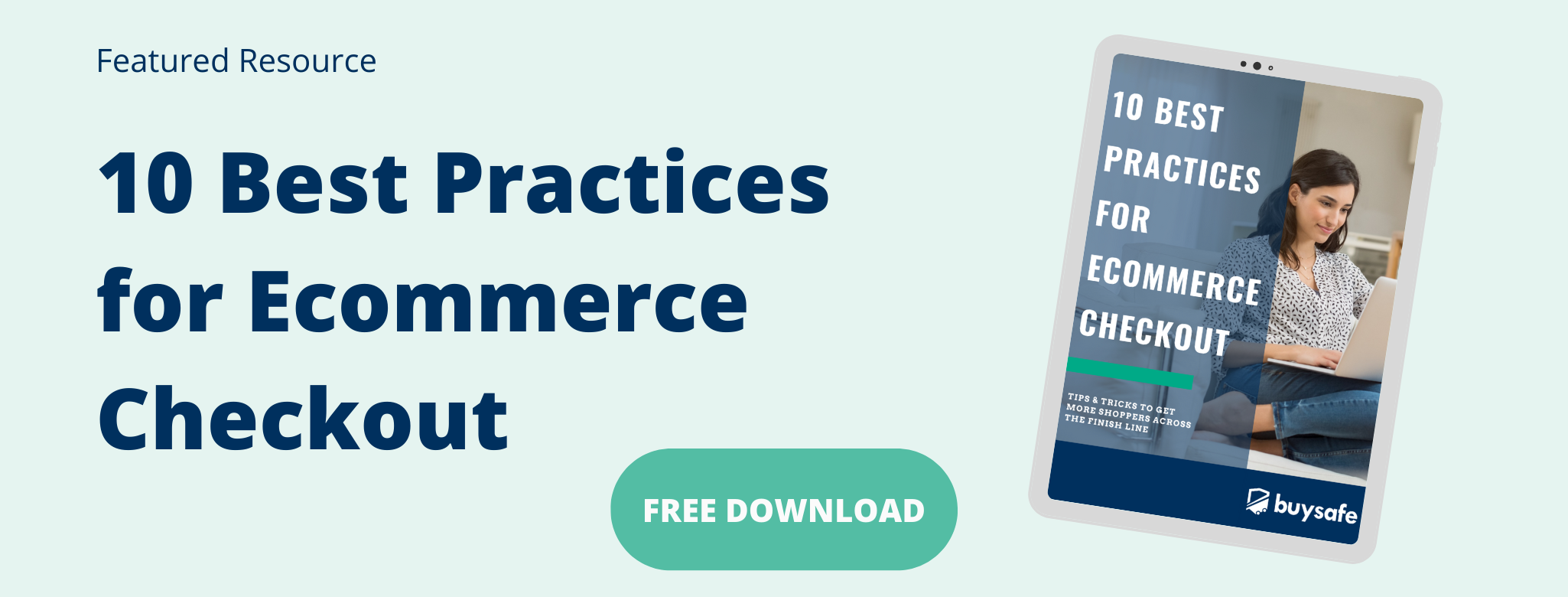

For the latest on ecommerce tips and best practices.
How to Eliminate Common Ecommerce Conversion Barriers

Converting visitors on your ecommerce sites is an intensive process, and if your site is not properly optimized, you could be missing out on opportunities.
Your conversion rate is the percentage of visitors to your site that end up converting—taking a particular desired action. Conversion rate optimization is the process of improving your site and designing an experience that encourages customers to buy.
In order to conduct effective conversion rate optimization (CRO), it’s important to know the challenges you’ll face. Let’s take a look at the most common barriers you’ll encounter when optimizing a site for conversions.
What Is a Good Ecommerce Conversion Rate?
Before we delve into how to optimize conversion rates, we first have to ask: What constitutes a “good” ecommerce conversion rate?
That statement alone is ambiguous. Conversion rates vary widely by industry, device, location, and metric—conversion rates for adding items to a cart can differ greatly from those for completing a purchase, for example.
According to BigCommerce, the average ecommerce conversion rate is 2.63%. However, the top 25% of companies have rates as high as 5.31% and the top 10% of companies often see conversion rates of 11.45%. If you want to rank among the best, you have to understand the barriers that block your path to success.
Free Download: 10 Best Practices for Ecommerce Checkout
Combatting Ecommerce Barriers
A lot can discourage users from converting, but the most influential factors are a poor user experience (UX), lack of trust, and failure to understand your visitors.
The most common reasons for low conversion rates are people not liking what they see when they arrive on your website or simply having trouble finding information. If you have a lot of traffic to your site but no conversions or see a high bounce rate, it’s a good idea to review the design and user experience on your site.
It’s important that your site looks good, but usability is even more important. Make it simple for visitors to find essential information and complete their desired actions. It’s easy to get frustrated by an overly complex design. Here are some good rules to follow:
● Ensure that popular items are easy to find by promoting them prominently on the home page.
● Develop a strong filtering and sorting system. You don’t want to overwhelm visitors with too many options, and the ability to filter items into subcategories helps visitors find exactly what they need.
● Ensure that search results show relevant items. Users will be frustrated if they search for shoes but get hits for shirts, for example.
If a visitor can’t find the desired product, they can’t buy from you. Once you’ve built a navigable site, it’s time to consider the factors that motivate buyers.
Understand Your Customer
Misunderstanding a customer’s underlying reasons for buying can lead to lost conversions just as easily as a poor site design can. Simply put, if you’re not marketing to the right people, you’ll end up with low conversion rates.
That’s why a key step of combating poor conversion rates is discovering what customers want. The best way to do so is to go directly to customers that converted previously. Look at customer reviews, customer service interactions, behavioral analytics from the web, and social analytics (specifically what people are sharing). This will help you understand visitor goals and create effective customer personas. Take into consideration those shoppers that are on the fence about buying, and check out our ideas for converting hesitant shoppers. Once you’re marketing to targeted audiences, you’ll see a bump in conversion rates.
Build Trust with Customers
Pretty much everyone can agree that trust boosts sales. So if you’ve optimized your site for user experience and built complex personas but still receive low conversion rates, visitors might not trust your site.
Trust is absolutely crucial in ecommerce. If visitors don’t trust your brand, they’ll be apprehensive when entering personal and payment information on your checkout screen. You can build trust with customers by:
● Promoting real customer reviews.
● Including customer service contact information throughout the site so visitors can easily ask questions to a qualified representative.
● Providing social proof in the form of customer reviews and post-conversion surveys.
● Incorporating a trust badge (like BuySafe) so visitors know that your business is verified and their purchases are protected.
Final Thoughts
Now that you know how to combat the common causes of low conversion rates, you can start testing optimization efforts to find the best solution for your site.
Stay in the know
Subscribe to the buySAFE blog and receive the latest in ecommerce best practices.



